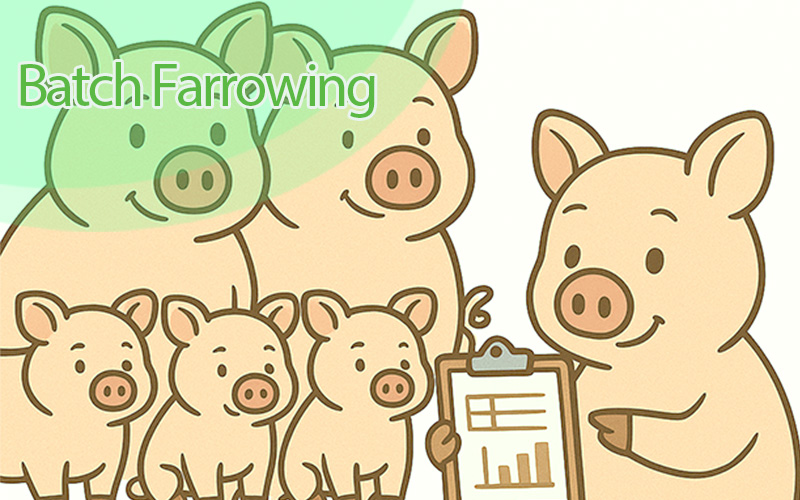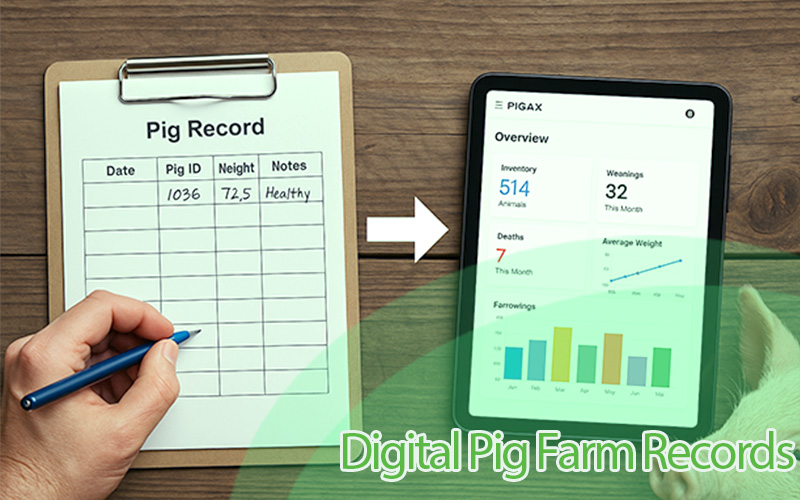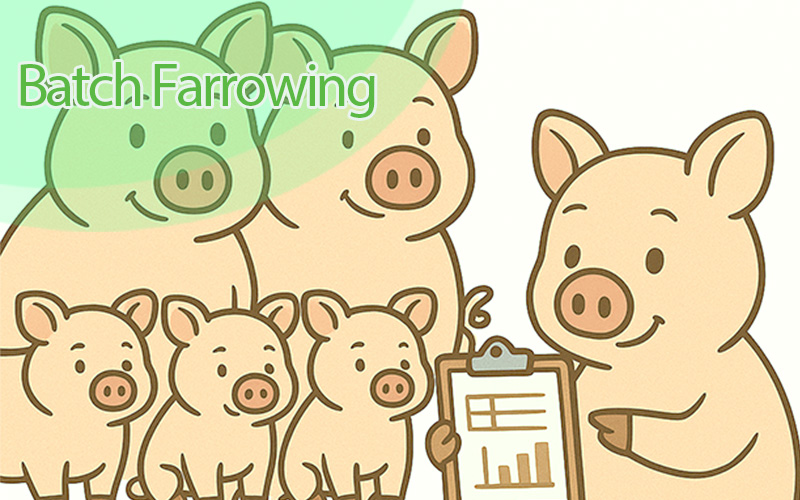Effective Pig Feed Guide for Piggery Success
Feeding is the most crucial factor responsible for any successful pig farming business, and yet not all pig farmers understand the secret behind the proper feeding of farm pigs. This has led to a lot of farmers losing profits and quitting the piggery business altogether. In this blog, we going to expose some secrets that guarantee successful pig farm management.
Pig Nutritional Requirement
Nutritional requirement for farm animals varies according to stage in maturity and purpose. There are about 4 stages of growth for farm pigs which include: Piglets, weaners, growers, and finishers. Let us consider the nutritional requirements for each stage.
Piglets
Piglets will begin to drink water at about three weeks of age and should have a clean, constant supply that is easily accessible. Mixing creep feed with some water to make it mash or slurry increases consumption and supply part of the water needed by the piglets.
The piglet will however depend on the milk from the sow until it is weaned; especially the the colestrum which is the first milk available to the piglets at birth. The baby pig is given creep feed as early as one week of age. The term ‘creep feed,’ here means the pre-starter diet offered to piglets before and just after weaning until they can be changed to a cheaper starter diet.
Weaners
Feed for weaners should be rich in protein and energy; its protein content is 10% to 20% while the energy content is 3000 kcal/kg to 3200kcal/kg. This feed is given to weaners at weaning when they are 5kg to 10kg in weight up to when they attain 35kg body weight.
Under good management practices, pigs are weaned successfully when three to six weeks. The time of weaning depends somewhat on care, facilities, and production schedules. Weaning less than five weeks of age requires more skill and attention.
Warm, dry facilities free from draft are essential. It is important to sort pigs according to size and weight. After weaning, the pigs are introduced to weaner diets. Anti-stress vitamins should be given for the first 3 days after weaning and starting them off with a small quantity of feed.
Weaned pigs should be dewormed after 2 weeks of weaning and repeat for 2 to 3 months. External parasites like lice and mites should be controlled 1 to 2 weeks after weaning. To gain more knowledge on weaners' survival, farmers must expose themselves to more tips on weaning piglets successfully.
Growers
The growers feed should have an energy content of 2800kcal/kg and a crude protein of 16% to 18%. This feed is given to pigs above 35kg of weight. The grower’s feed is given to both female and male reproducers, it is composed of regular protein and energy designed for reproductive efficiency.
It is good practice to mix water with the feed that is given to pigs. This feed in form of slurry improves the digestibility of the feed and reduces the dustiness of the feed.
The 3-week period immediately after weaning is a critical one for the young pigs because of several stresses encountered. After pigs have overcome the stress of weaning and are feeding properly, de-worm them for the first time. Growers should weigh 20kg to 90kg. this class of pigs need maintenance ration and should be on good feeding plan. Feed high in quality and quantity should be given to them to ensure a favorable growth rate. When they attain 30kg body weight, male should be separated from the female.
Finishers
Pig Finisher is a feeding option following grower or transition that enhances a softer look. This 16% protein product is designed to add a condition to pigs that are harder in their appearance. Pig Finisher is also the feed of choice for tighter made pigs that need added body and finish.
Feed formula 2 48kg of maize germ 12kg of pollard 12.5kg of soya cake 7.5kg of fishmeal 0.75kg of lime 1kg of bonemeal 125g of salt 150g of lysine 150g of feed premix 300g of zinc This pig feed ration has a Digestible Crude Protein (DCP) content of 22.3% and can be given to pigs at all stages of growth.
Guide to proper Pig housing
Group the pigs according to age and size. Large litters should be grouped. This provides an opportunity to record their feed consumption up to the time of selection (at 5 months of age) and enhances the determination of feed efficiency. Sick pigs should be separated for treatment. Some weaner pigs can be sold at two months of age. Others (not-for-sale) can be raised on self-fed rations until the finishing stage. At the age of five months, the live weight of a fully grown pig should be 64kg to 80kg. This means the pig is expected to gain 0.55kg to 0.68kg per day over a period of three months. By then a healthy pig should be sexually matured.
Management Guidelines for Pig Farm
Apart from proper feeding, other farm management practices can guarantee success in a pig farm operation. Here are a few of them.
Animal Inspection
Inspect the animals early in the morning and watch out for any abnormal behavior. Observe their general state of health, and check for parasites and injuries. Also, inspect the herd before the close of the day’s duty.
Watering
Drinking troughs should be washed and disinfected every morning and refilled. Provide feed appropriately in the morning and evening. Green leaves and vegetables can be given daily if available. Dry or wet feed (other than green leaves) should be given in quantities that pigs can consume within 20 to 30 minutes. Left-over feed should be discarded the following day.
Removal of bedding material
After watering and feeding, clean up the pens. Remove moist bedding and replace it with dry ones. Wood shavings or straws are good for bedding material.
Animal sorting
For effective management, group young pigs together by age, gilts, and boars separately. The boar’s pen should be well secured to prevent it from jumping over the walls.




